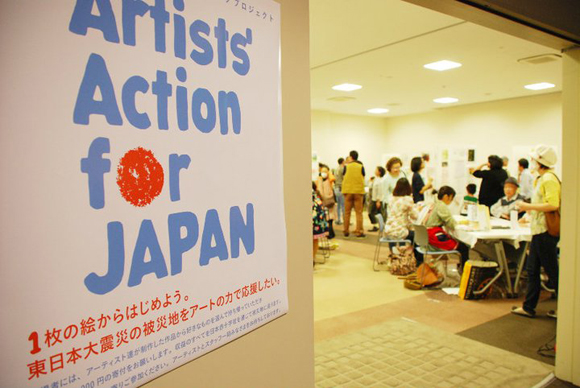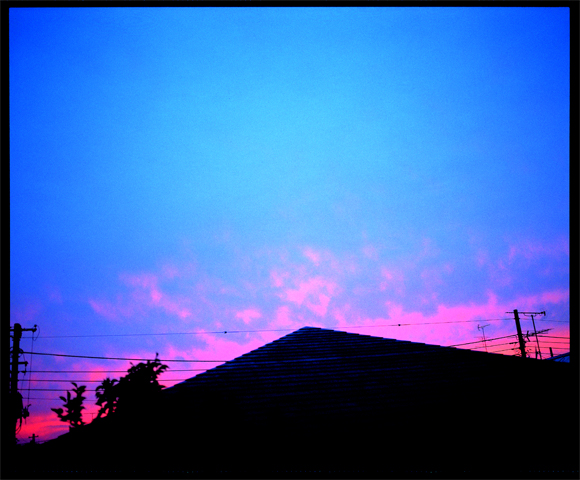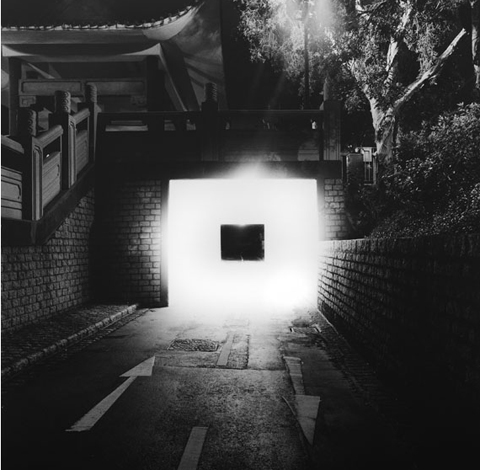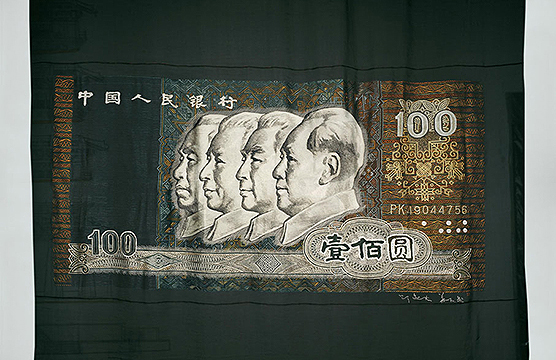Can contemporary art in Japan transcend its Galápagos Syndrome
M-KOS sends sincere commiserations to all the people affected by the 2011 Great East Japan Earthquake.
<align=”justify”>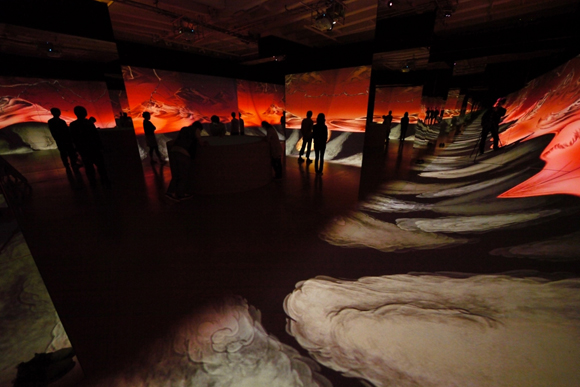
Tabaimo “teleco-soup” (2011) Installation view at Japanese Pavillion, the 54th Venice Biennale. Courtesy of the artist, Gallery Koyanagi, Tokyo and James Cohan Gallery in New York
At the 54th Venice Biennale, the Japanese pavilion is presenting Tabaimo, a 36-years-old Japanese artist who’s work is renown for uncanny and hypnotic animations of manga and ‘anime’ inspired Ukiyo-esque imagery. Her installation entitled “teleco-soup†is a circular piece surrounding the viewer from floor to ceiling, with moving images of Japanese towns and flowing water. In its centre, the installation features a well-shaped circle also projected onto with similar animations. “teleco-soup†evokes an inside-out inversion between water and sky, fluid and container, self and the world, a term developed from the original concept of “Transcending Galápagos Syndrome†initiated by this year’s Japanese commissioner, Yuka Uematsu. Tabaimo refers further to the proverb “A frog in a well cannot conceive of the oceanâ€, attributed to Chinese philosopher Zhuangzi, and adds this to the Japanese expression “But it knows the height of the skyâ€, as a lateral way to speak about her work. The latter articulates an outward manifestation of Tabaimo’s introspective gaze, and by extension, reflects on Japan’s island state of mind, isolationist in nature, and its multiple-century era of seclusion from all foreign contacts*.
Continue reading “Focus: Japan part III”

